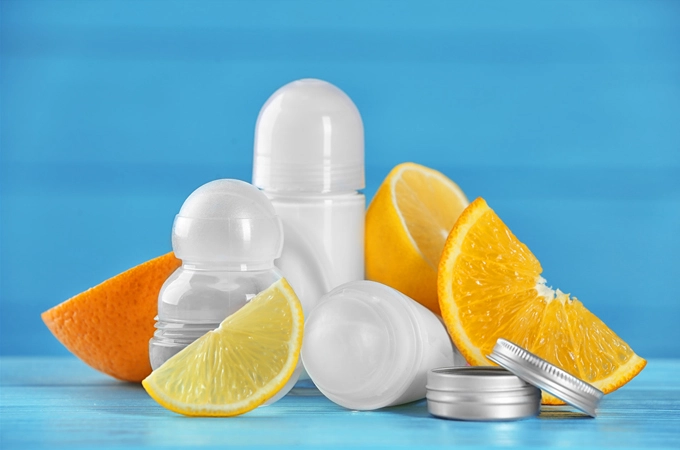1. What is a coupling agent?
Coupling agent is a kind of substance with two functional groups of different properties. The biggest feature of its molecular structure is that the molecule contains two groups with different chemical properties, one is an inorganic-friendly group, which is easy to chemically react with the surface of inorganic substances; The other is an organophilic group that can chemically react with synthetic resins or other polymers or generate hydrogen bonds to dissolve in them.
Therefore, the coupling agent is called "molecular bridge", which is used to improve the interface between inorganic substances and organic substances, thereby greatly improving the properties of composite materials, such as physical properties, electrical properties, thermal properties, and optical properties.
2. The application of the coupling agents
Coupling agents used in the rubber industry can improve the wear resistance and aging resistance of tires, rubber sheets, rubber hoses, rubber shoes and other products, and can reduce the amount of NR, thereby reducing costs.
The role of the coupling agent in the composite material is that it can not only react with some groups on the surface of the reinforcing material, but also react with the matrix resin to form an interface layer between the reinforcing material and the resin matrix, and the interface layer can transmit stress, Therefore, the bonding strength between the reinforcing material and the resin is enhanced, the performance of the composite material is improved, and the penetration of other media into the interface can be prevented, the interface state can be improved, and the aging resistance, stress resistance and electrical insulation properties of the product can be improved.
In plastic compounding, a plastic additive that improves the interface properties of synthetic resins and inorganic fillers or reinforcing materials. Also called surface modifier. It can reduce the viscosity of synthetic resin melt in the process of plastic processing, improve the dispersion of fillers to improve processing performance, and then make products obtain good surface quality and mechanical, thermal and electrical properties.
3. Dosage and composition of coupling agent
The dosage is generally 0.5 to 2% of the filler dosage. The coupling agent is generally composed of two parts: one part is an inorganic-philic group, which can interact with inorganic fillers or reinforcing materials; the other part is an organic-philic group, which can interact with synthetic resins
SiSiB SILICONES is strategically positioned in the silicone supply chain to provide a comprehensive range of performance enhancing products and solutions to meet customer needs. These include silanes and siloxanes, silicone oils, silicone rubber, fumed silica, silicone polymers and additives.
Our products have been successfully exported to more than 100 countries in the world. Products are used in adhesives and sealants, agriculture, artificial marble, building protection, coatings and paints, fillers and pigments, foundry, fiberglass, leather and textiles, chemical manufacturing, personal care, construction, pharmaceuticals, plastics and thermoplastics, polyurethane foam, rubber and tires, wire and cable. If necessary, welcome to consult.
 English
English 日本語
日本語 한국어
한국어 français
français Deutsch
Deutsch Español
Español italiano
italiano русский
русский português
português العربية
العربية tiếng việt
tiếng việt
